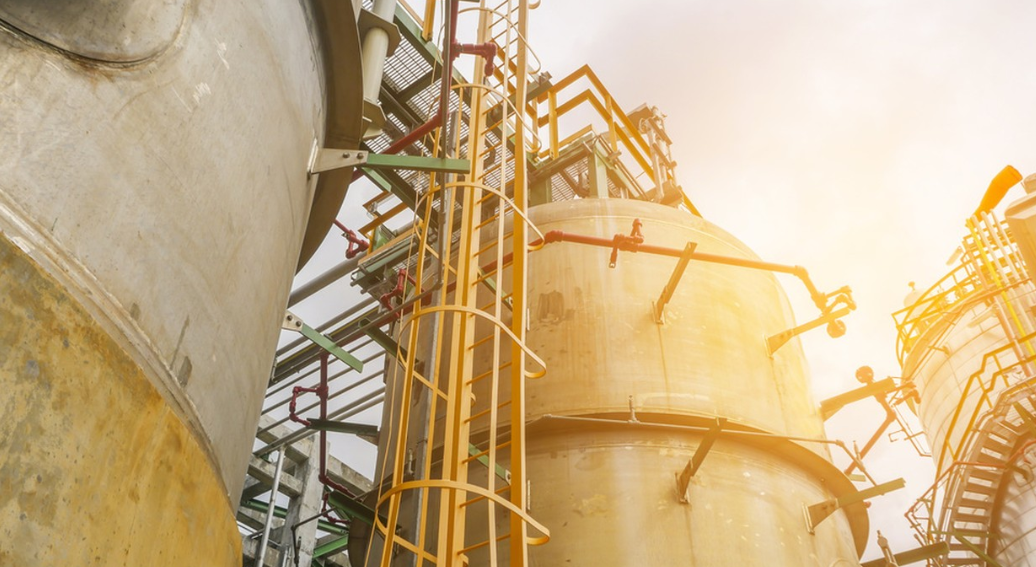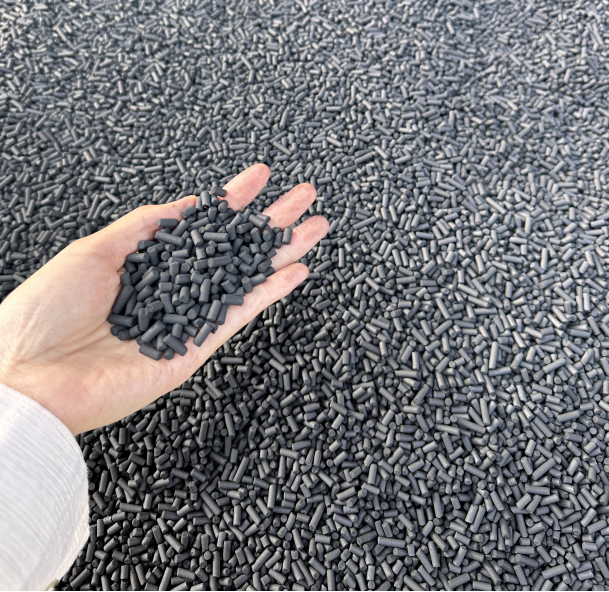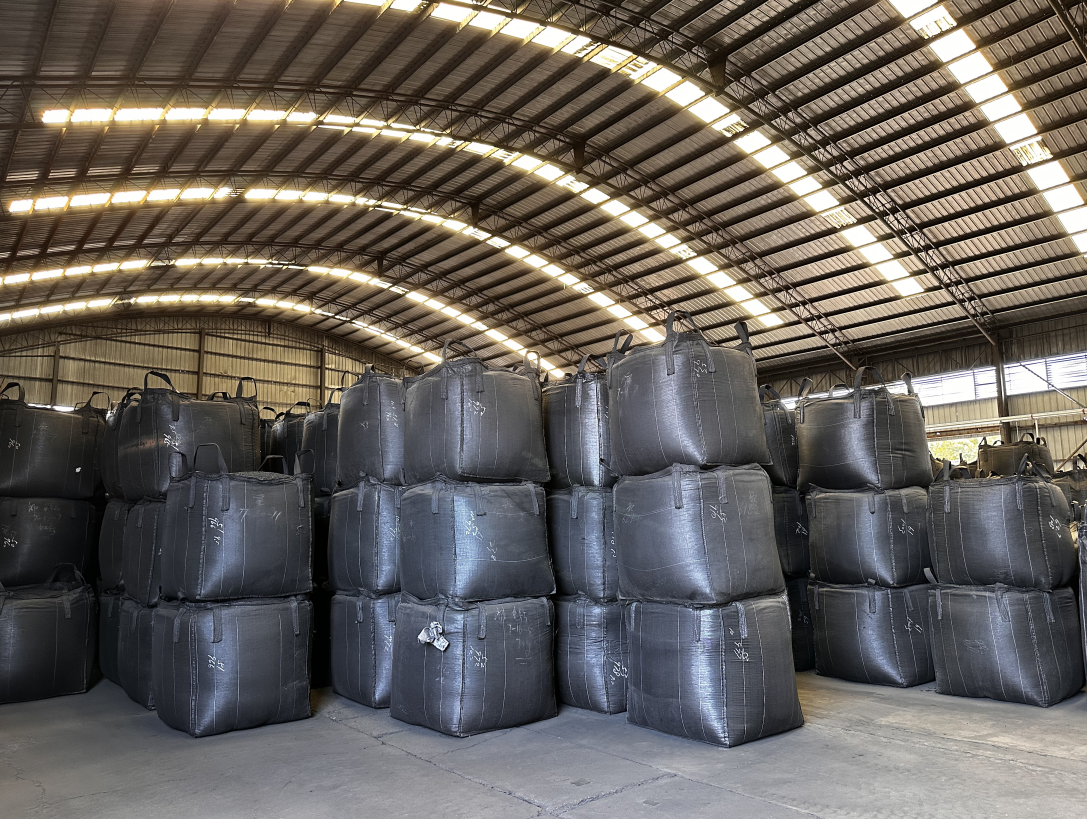In today's society, environmental protection has become a global consensus, and reducing sulfides in industrial emissions is the top priority of environmental protection work. Activated carbon desulfurization technology, with its unique advantages, is gradually becoming the preferred desulfurization solution for many companies.
Gas desulfurization refers to the process of removing sulfides from sulfide-containing gases. It is an important measure to reduce environmental pollution, protect equipment and catalysts, and improve product quality. There are many methods for gas desulfurization, which can be mainly divided into two categories: dry desulfurization and wet desulfurization

Biogas is a mixed gas produced by microbial fermentation under anaerobic conditions. A large amount of H2S gas is carried during the fermentation process. H2S gas will accelerate the corrosion and clogging of metal pipelines, and the SO2 produced by combustion will cause damage to the atmospheric environment. Whether it is industrial or domestic gases, H2S must be removed as much as possible.
Dry desulfurization is a simple, efficient and relatively low-cost desulfurization method. Place the package into the container. The filler layer contains activated carbon, iron oxide, etc. The gas passes through the packing layer in the container at low flow from one end, and hydrogen sulfide (H2S) is oxidized into sulfur or sulfur oxides and remains in the packing layer. The purified gas is discharged from the other end of the container.
We can provide high-performance desulfurization activated carbon for the precise removal of hydrogen sulfide and some organic sulfur from various gas sources such as biogas and liquefied gas.
The principle of activated carbon desulfurization is mainly to utilize the catalytic and adsorption effects of activated carbon. The catalytic activity of activated carbon is very strong. H2S in coal gas reacts with a small amount of Q2 in coal gas under the catalytic effect of activated carbon, and the elemental S generated by the reaction is adsorbed on the surface of activated carbon. When the adsorption of activated carbon desulfurizer reaches saturation, the desulfurization efficiency drops significantly and must be regenerated. The regeneration of activated carbon depends on the adsorbed substance. S begins to melt at 190°C under normal pressure and sublimates into gas at around 440°C. Therefore, superheated steam at around 450-500°C is generally used to regenerate the activated carbon desulfurizer. When the temperature of the desulfurizer is increased to a certain degree, elemental sulfur precipitates from the activated carbon, and the precipitated sulfur flows into the sulfur recovery pool and forms solid sulfur after water cooling.
The desulfurization reaction process of activated carbon desulfurization is as follows:
2H2S + 02 = 2S + 2H2O

Advantages of activated carbon desulfurization
Efficient desulfurization: Activated carbon desulfurization mainly uses the catalysis and adsorption effects of activated carbon to react hydrogen sulfide (H2S) in the gas with a small amount of oxygen (O2) to generate elemental sulfur (S), which is adsorbed on the surface of activated carbon. This process is efficient and straightforward, significantly reducing the sulfur content in the gas and meeting strict environmental emission standards.
Strong adaptability: Activated carbon desulfurization technology is suitable for a variety of gas sources, including biogas, liquefied gas, etc., and has a remarkable effect on the refined removal of hydrogen sulfide and some organic sulfur. At the same time, this technology is easy to operate, has high purification degree, small bed resistance and strong adaptability.
Green regeneration: When the adsorption of activated carbon desulfurizer reaches saturation, it can be treated by heating regeneration. Under the action of superheated steam at 450-500°C, the adsorbed elemental sulfur will sublimate into a gaseous state and precipitate. The precipitated sulfur can be recycled and reused, realizing resource recycling and energy conservation and emission reduction.
Mature technology: After years of development and improvement, activated carbon desulfurization technology has formed a mature technology system. This technology is not only widely used domestically, but also exported to many countries and regions, winning wide recognition in the market.
Application scenarios of activated carbon desulfurization
Activated carbon desulfurization technology is widely used in many fields such as metallurgy, silver loading, electroplating, light industry, petrochemicals, food, medicine, printing and dyeing, etc. In the industrial production process, by installing an activated carbon desulfurization device, the sulfur content in the exhaust gas can be effectively reduced and environmental pollution is reduced. At the same time, this technology can also be used in wastewater treatment, air purification and other fields to contribute to environmental protection.
The future development of activated carbon desulfurization
With the increasingly stringent environmental regulations and the continuous improvement of public environmental awareness, activated carbon desulfurization technology will usher in broader development prospects. In the future, this technology will continue to be optimized and innovated to improve desulfurization efficiency, reduce operating costs, reduce energy consumption and secondary pollution. At the same time, with the continuous emergence and application of new materials and new technologies, activated carbon desulfurization technology will also be integrated with other environmental protection technologies to form a more complete and efficient environmental protection solution.

Conclusion
Activated carbon desulfurization technology plays an increasingly important role in the field of environmental protection due to its advantages of high efficiency, greenness, and strong adaptability. We believe that in the near future, this technology will make greater contributions to global environmental protection and make our living environment better.
Previous: Cranberry Apple Quinoa Salad: A Nutritionist-Approved Balanced Meal Guide
Next: The Application of Concrete Cutting Diamond Wire Saw Ropes in Modern Building Demolition
Copyright:@2020-2021
Comments Please sign in or sign up to post.
0
0 of 500 characters used